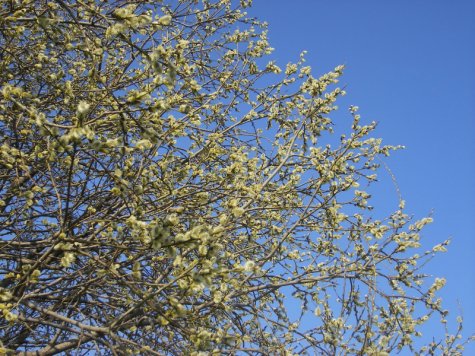Year of the Bumblebees
2014
About bumlebees in April
Text: Meelis Uustal
Photo: Eneli Viik
Translation: Liis
The first bumblebees of the year we always meet on a bright, sunny mid-day in April. Just when the temperature in shade rises to around +10 degrees a familiar low-pitched „tou-tou“ hum can be heard near the first flowering crocuses or coltsfoots. Even without looking at the hummer it is clear that it can only be a female bumblebee. The life cycle of bumblebees is namely one year: only the female bumblebees born during the previous year will survive the winter. Now they quickly begin to establish their first and last bumblebee colony. Before wintering the young female bumblebees have already mated (in autumn last year the bumblebee group that had been active during the previous summer all perished – the old female bumblebee as well as the workers and male bumble bees).
The female bumblebees that have wintered at present only have two concerns: where to find nectar and where to establish the new nest. The early spring food is very important. Until the female bumblebee has stilled her hunger she is not ready for laying eggs – this takes a couple of weeks. Thus it is important for bumblebees to coordinate the waking up in spring with the flowering of willows.
Bumblebees winter in the soil or under a layer of leaves, in the old nest, on a north-facing, suitably humid slope, between tree roots, in wall hollows, deteriorating wood. If a bumblebee has chosen a too warm wintering location they wake up already in the first warm days of spring, even in March, but at that time there is no food to be had anywhere. This year the first white-tailed bumblebee (Bombus lucorum) was seen already in the March wave of warmth.
During the flowering of willows large furry female bumblebees can be seen quite often flying around as if checking up things. They search for a new nesting place for themselves. Some species fly very low above the ground, scanning each bump on the surface, others circle at woodpiles, sheds and eaves. The searches last several days. That a bumblebee really has settled down to nest near us we will know only when we notice the bustle of worker bumblebees, some time in May-June.









